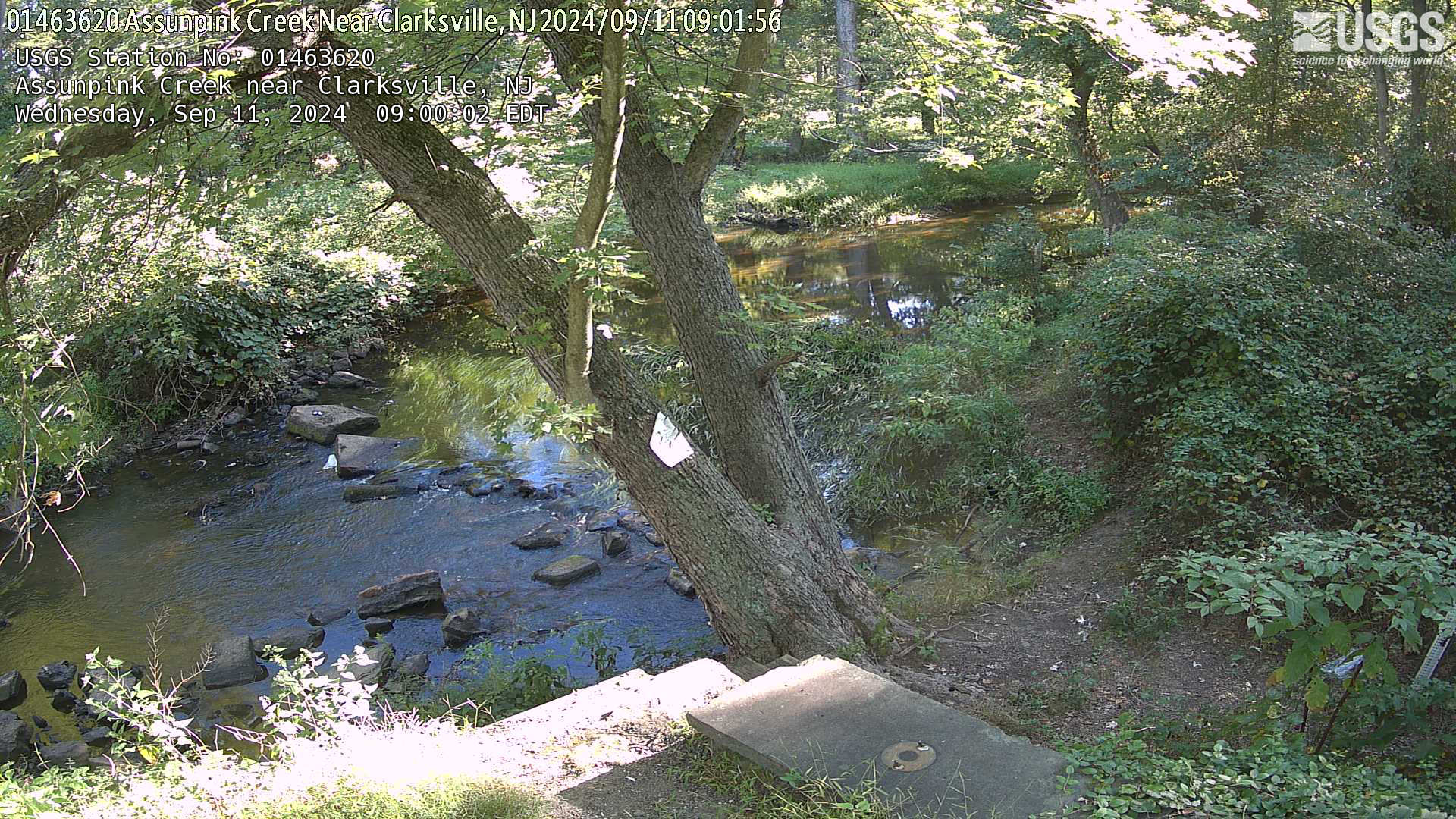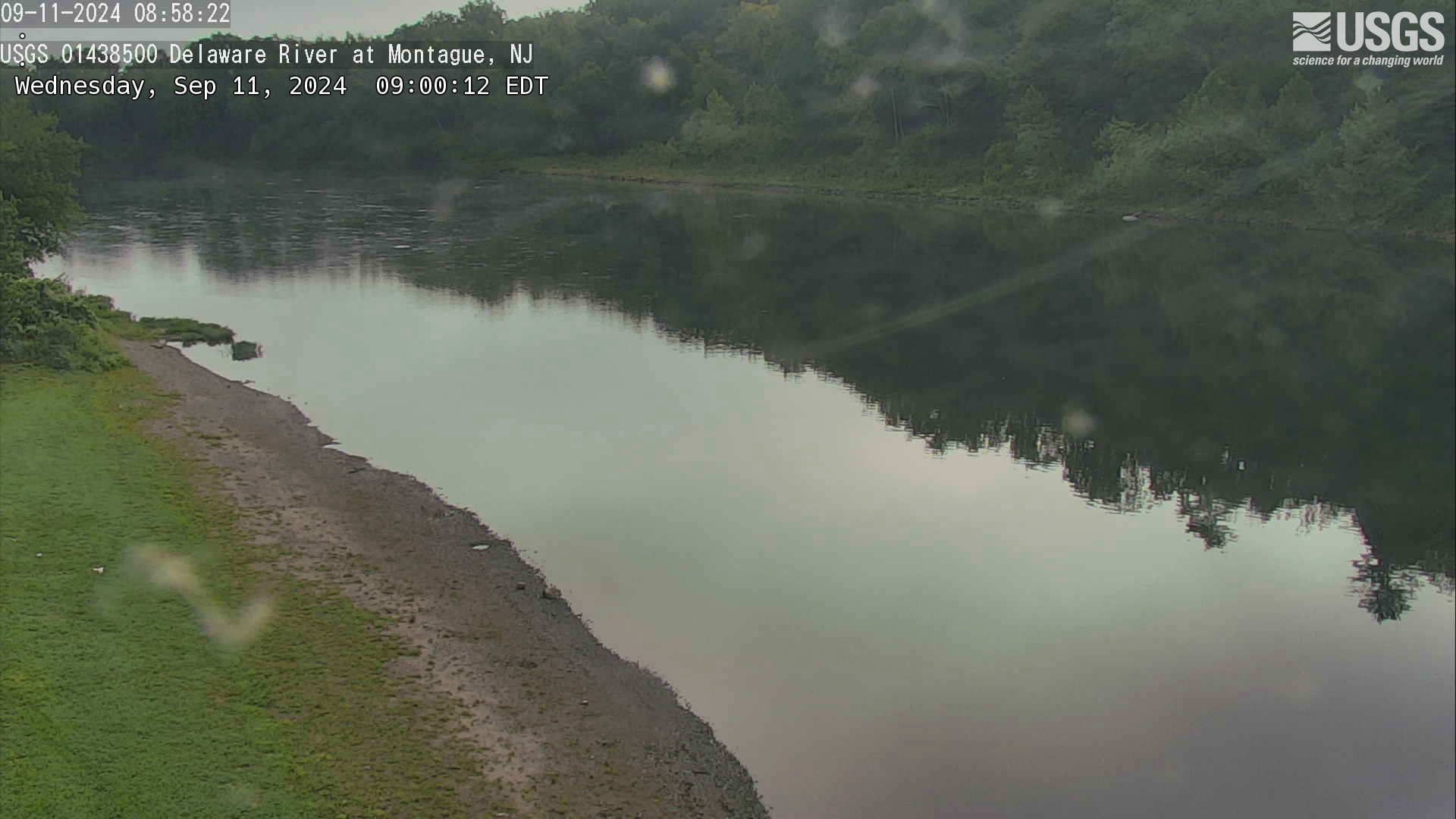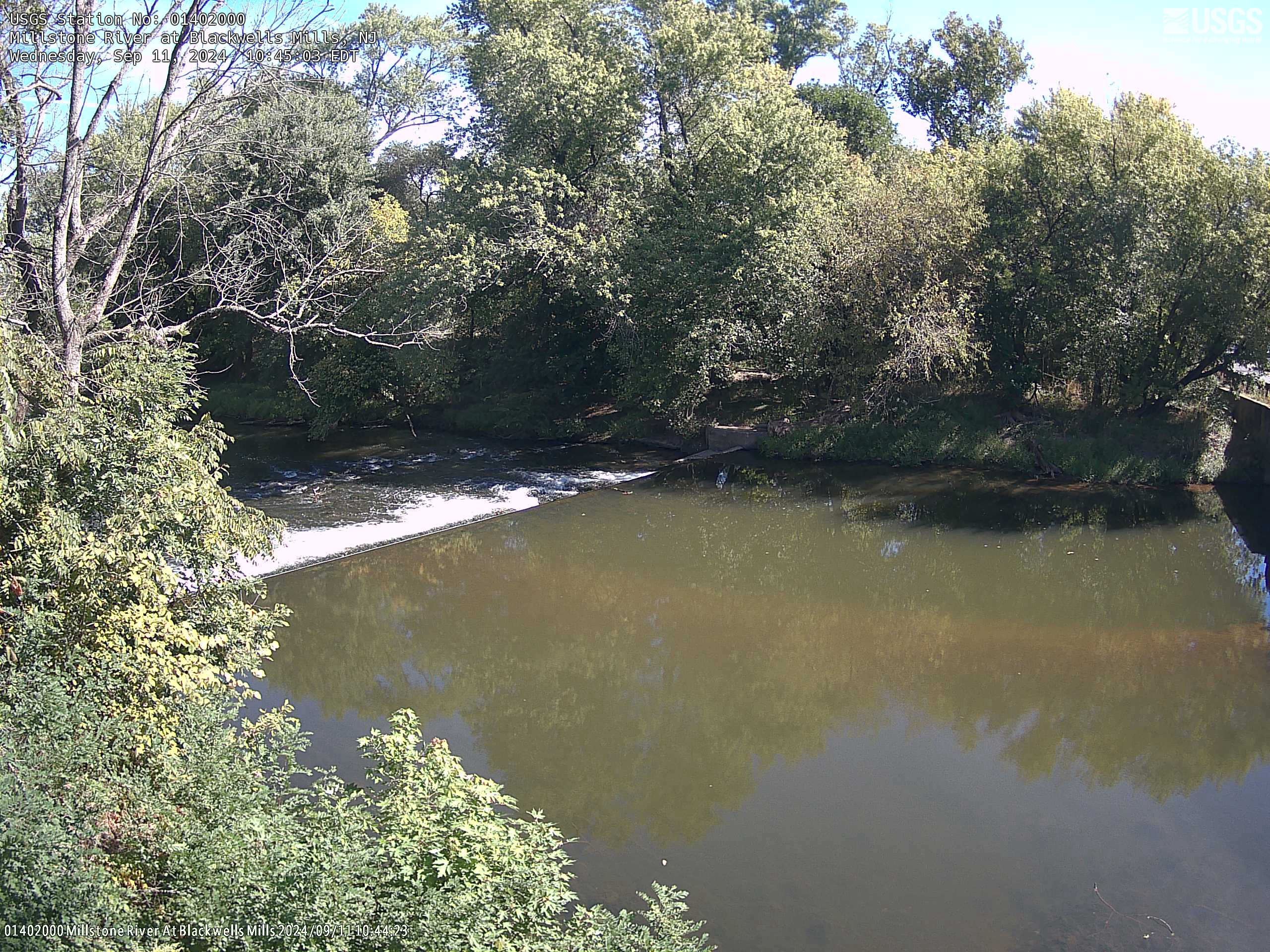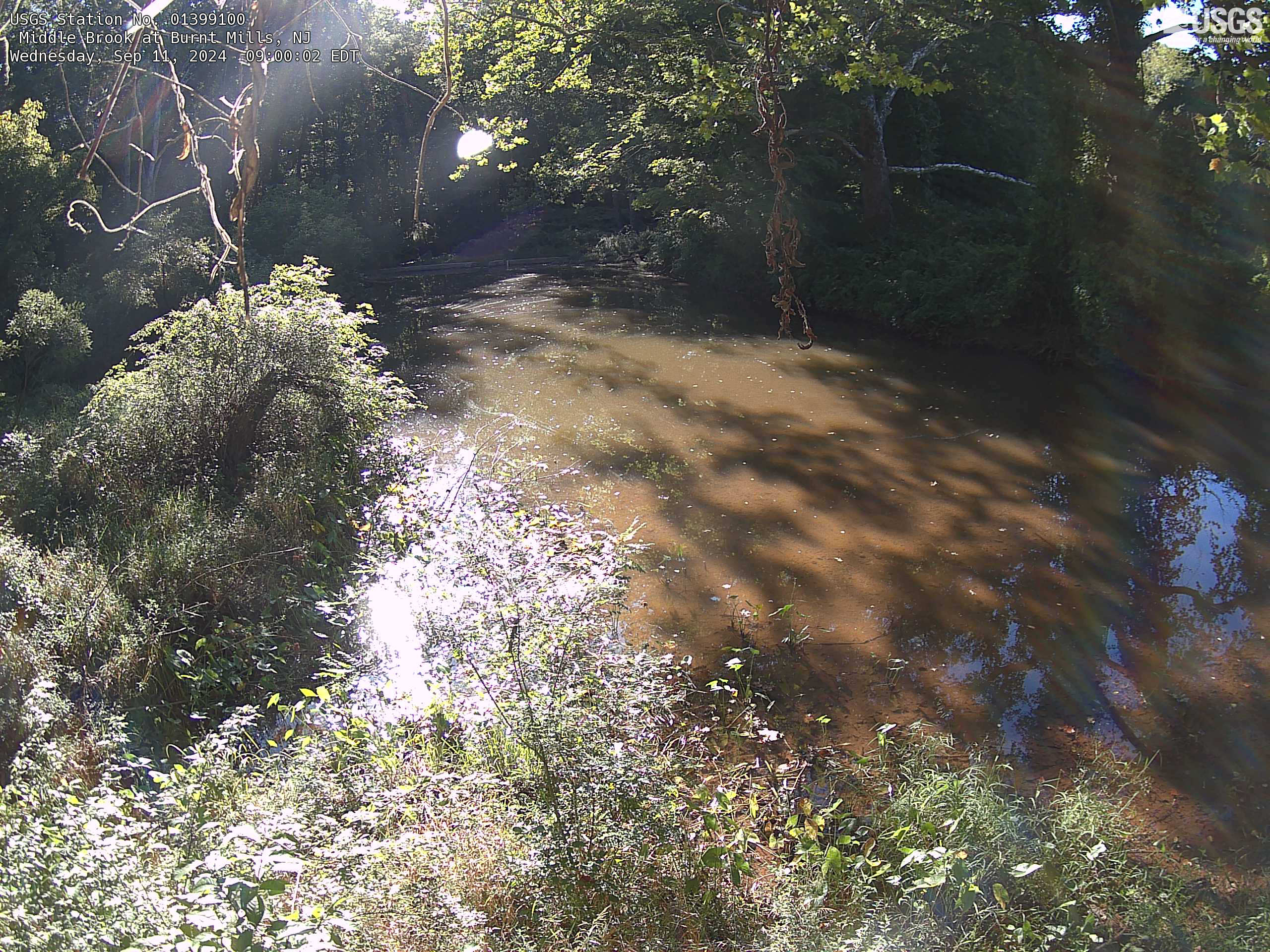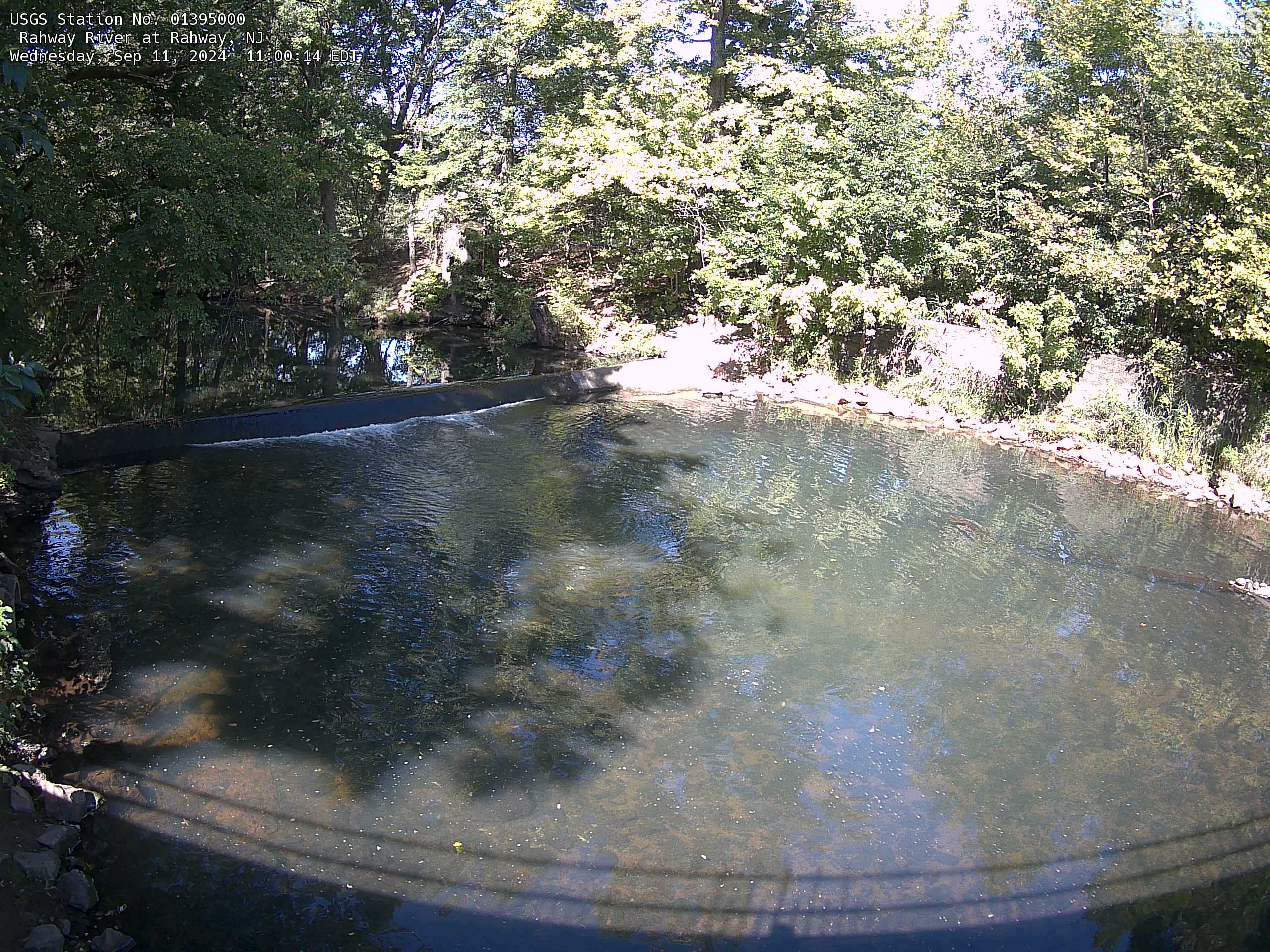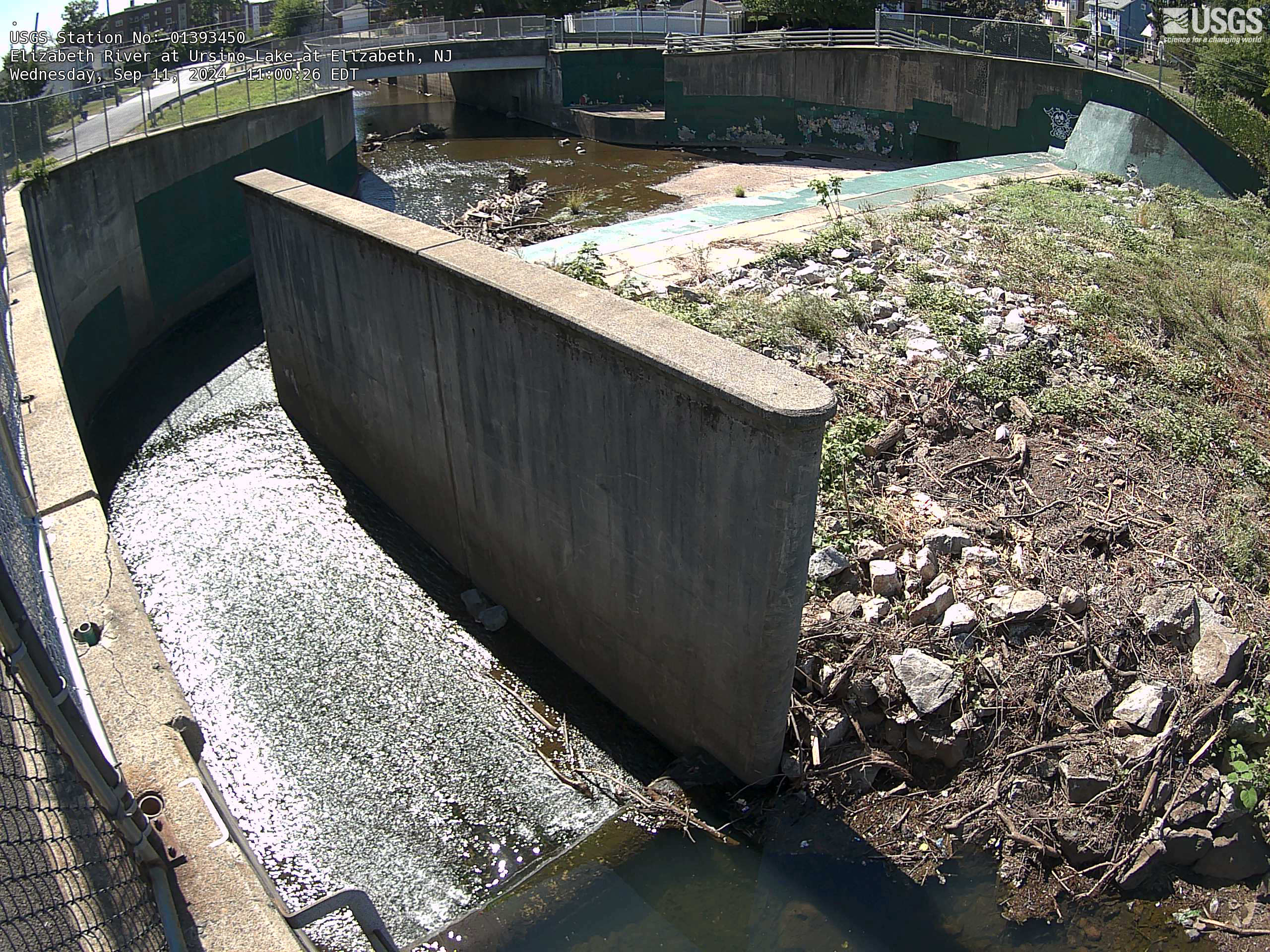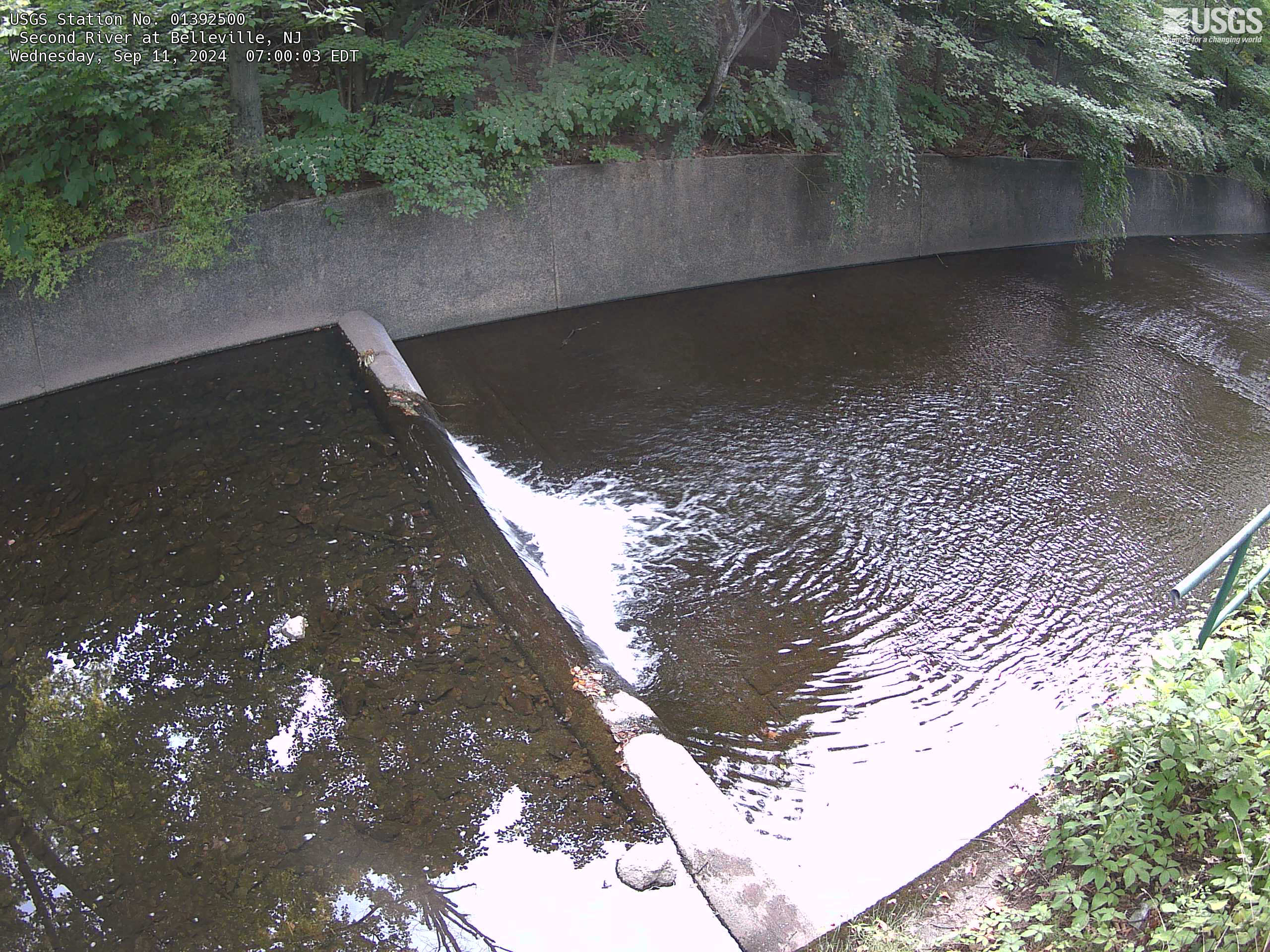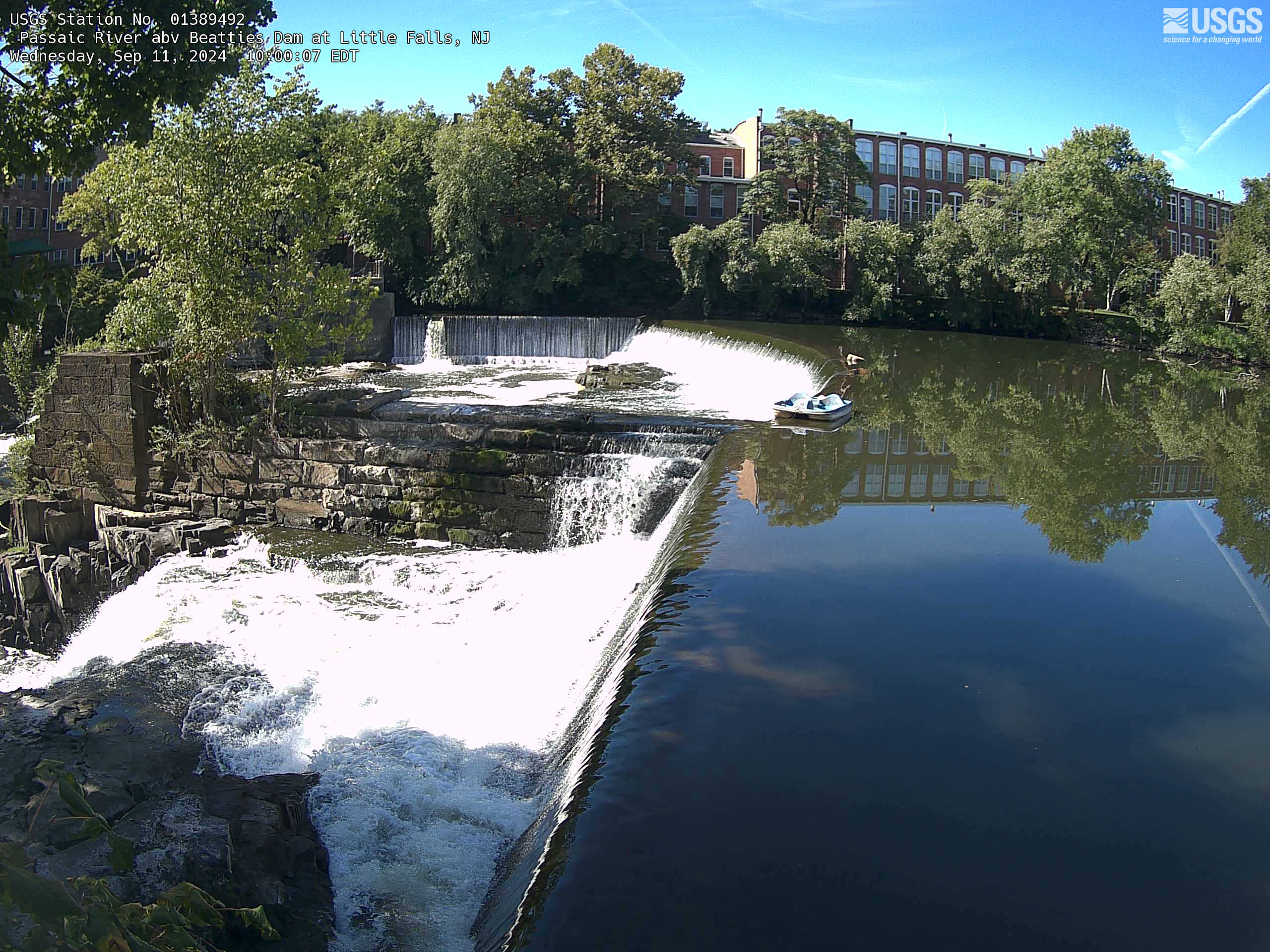Prolonged drought has lowered water levels in Laguna Bustillos in Chihuahua State, Mexico, killing thousands of fish.
Kīlauea Volcano Live Stream - Halemaʻumaʻu crater
Yellowstone Volcano Monthly Updates
Scientist-in-Charge, Mike Poland, breaks down the previous month of activity.
Scientist-in-Charge, Mike Poland, breaks down the previous month of activity.
Public Lecture Series
Monthly science presentations by subject matter experts
Monthly science presentations by subject matter experts
Multimedia Gallery
The USGS Multimedia Gallery is our one-stop collection of videos, photography, and audio. All items in this gallery are considered public domain unless otherwise noted.



